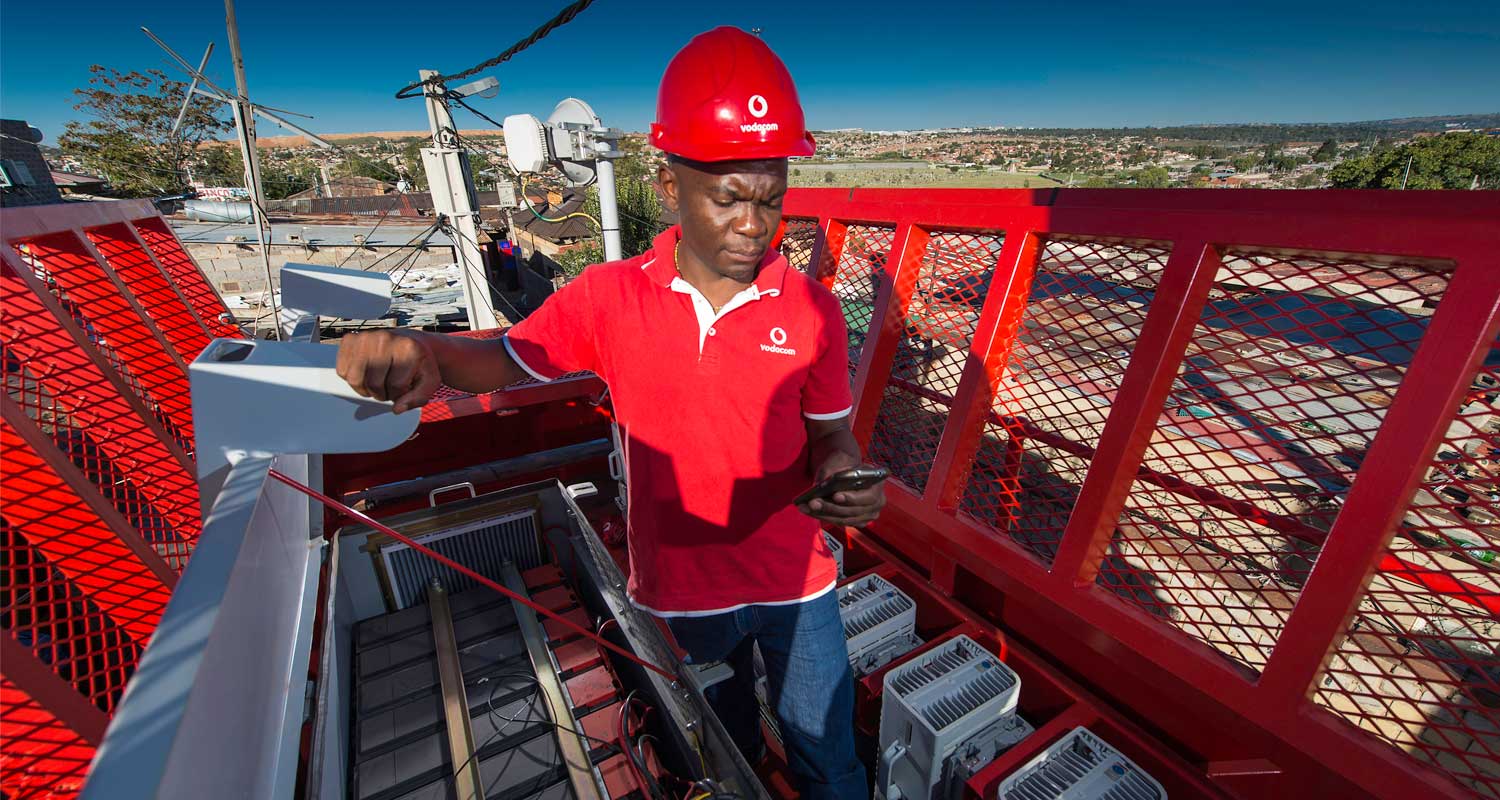 A Vodacom pilot in Cape Town is using a virtual twin of the Mother City to calculate optimal tower equipment configurations in real time.
A Vodacom pilot in Cape Town is using a virtual twin of the Mother City to calculate optimal tower equipment configurations in real time.
The mobile operator has partnered with American chip giant Nvidia to create an AI-powered virtual network management platform. The system has mapped Cape Town along with all of Vodacom’s infrastructure in it – called its “digital twin” – and uses computations done in the virtual environment to make decisions about how to optimise network performance in the real world.
“People have a variety of devices, ranging from 2G feature phones, to 3G and 4G smartphones, as well as high-end 5G phones. The network caters to each type of device using different components and in different ways,” explained Ryan van den Bergh, managing executive for group technology strategy, architecture, spectrum and assurance at Vodacom Group.
“When you are driving, for example, the tower you are connected to can see that your device will soon be out of range and must perform a handover to the next tower without any visible disruption in connectivity. Antennae on the towers need to face the direction that optimises coverage for the devices currently connected to the network based on where they are located, but people are constantly moving around – it gets very complicated very quickly,” he said.
The complexity Van den Bergh speaks of is amplified by the scale operators have to contend with. Vodacom has 47.3 million customers in South Africa and 196 million across the continent. Fortunately, this type of complexity is a problem faced by organisations outside the telecommunications industry as well, so some lessons are transferrable. Traffic management systems for both trains and road vehicles have also used the idea of combining virtualised environments with real-time data to aid in decision making.
Vast computing power
The virtual environment consists of a map of the physical environment along with representations of the infrastructure being managed. With trains, for example, a map of the rail system with the various stations along the routes is overlayed with representations of signalling and switching equipment, while real-time GPS data about train movements is continuously fed into the system. By adding artificial intelligence, Vodacom can simulate multiple configurations of its network equipment in short periods of time. “The system calculates a new configuration every six seconds,” said Van den Bergh.
The computational workloads performed by Vodacom’s virtual network management system require vast computing power. “South Africa does not have the capacity to handle these kinds of computations at the moment, so the system is housed in the US. We also needed state-of-the-art GPUs,” said Van Den Bergh, explaining the reasons for Vodacom’s partnership with Nvidia. A GPU, or graphics processing unit, is typically used for videogames but can also be repurposed for AI tasks. Nvidia is the current leader in the field of AI silicon, a fact that has sent its share price soaring in 2023.
Read: My Vodacom’ app to be phased out
Van den Bergh explained that humans still decide whether or not to implement the configurations shown by the AI-powered network management system. The suggestions from the system have reduced power costs and manhours required to maintain the network. “The system has shown that is makes the right decisions and, in theory, we could leave it to manage the network by itself – but we are not there yet,” he said.
Read: Vodacom interim profit hit by Ethiopia start-up losses
One of the prohibitive factors is the cost of computation, which would rise astronomically if the system were to scale to all seven countries where Vodacom operates.
“We like to experiment with new technology so that we know what is out there and what we could do with it. Maybe the costs will come down in future and we’ll decide to on a groupwide roll-out,” said Van den Bergh. — (c) 2023 NewsCentral Media




